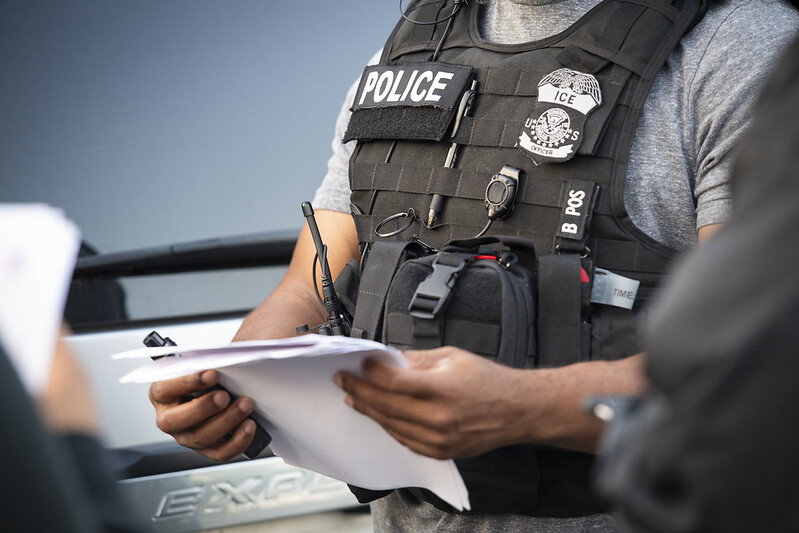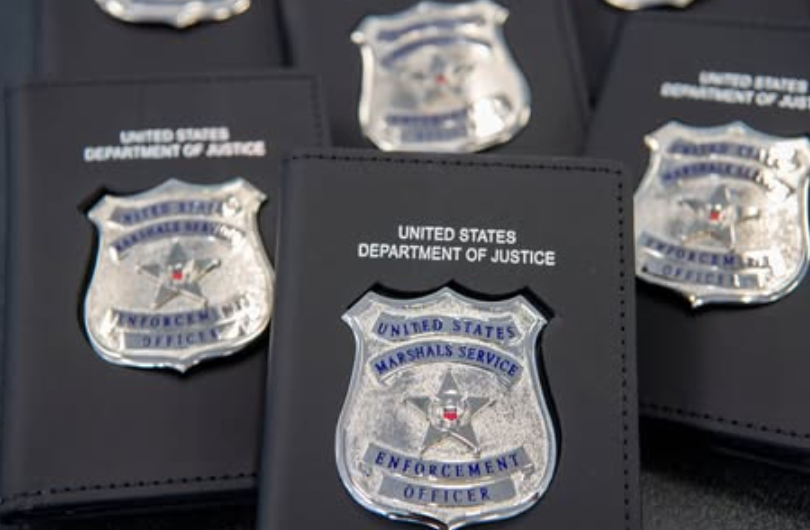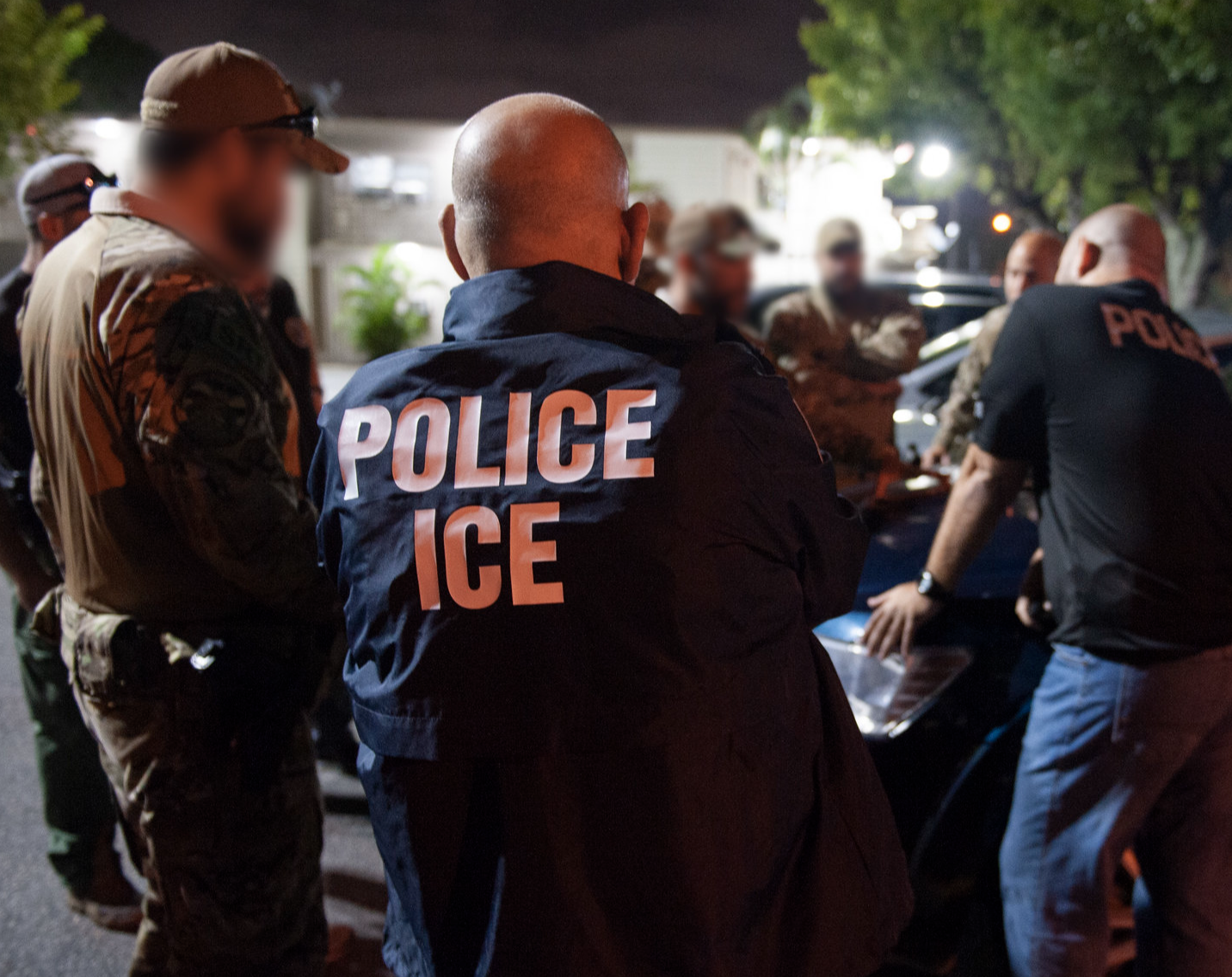
I was seated, facing Michael Lee Sprague as I interviewed him. We were on the same side of the table. As an FBI agent on the fugitive squad in the Detroit Division, I never liked having anything between me and the person I was interviewing. It was easier to observe body language, and it didn’t give the person being interviewed the psychological shield of having an object between them and me.
I was transfixed by Sprague’s eyes. He had just confessed to a double homicide, but his eyes revealed nothing. I knew the aphorism, “The eyes are the windows to the soul.” Sprague’s eyes were more like black holes – they didn’t reflect light they absorbed it.
But how did Sprague come to be arrested and interviewed by the FBI?
The story really begins in Jackson, Tennessee. Sprague was a drifter, and he had met Thomas Menth on the road. They had decided to travel together. In December, 1975, they picked up two gay professors from Bethel College which is near Jackson. They had all gone to a room at the Holiday Inn where Sprague and Menth overpowered the professors. They bound and gagged them, stabbed them multiple times and slit their throats – their throats weren’t just slit, the professors were nearly decapitated.
The murder scene was extremely bloody. When Sprague and Menth left the room, one of them put his hands covered with the victims’ blood on the wall near the light switch. This left impressions of several of his fingerprints from both hands. These prints were” identifiable,” but there was a problem.
There was a common myth at the time probably propagated by the movies and TV, that a fingerprint found at a crime scene could be matched with someone if their fingerprints were on record. The reality was, at the time, fingerprints were classified using all 10 fingers. The US central repository for all the fingerprint records was the FBI Identification Division in Washington, DC. (In 1924, J. Edgar Hoover, the Director of the FBI, was responsible for the establishment of a national repository for fingerprints.)

When a person was arrested their inked prints were put on a fingerprint card which had pre-marked spaces for each finger. At the Identification Division, the card was classified by fingerprint examiners using the Henry classification system. Each fingerprint is unique like a snowflake. All fingerprints have common characteristics referred to by terms like loups, arches & whorls. Using these common features with their infinite variations, each of the fingerprints is classified with numbers and letters. These individual classifications are written in sequence determined by the order of the fingerprints on the card. The total sequence of all 10 fingers is the classification.
If an investigator were lucky enough to find an identifiable fingerprint at a crime scene, that is, one that was at least partially classifiable, the investigator could compare the single print to the fingerprints of a suspect. But only if a suspect was developed through investigation, a suspect could not be identified with just the found fingerprint.
Today each fingerprint is digitally classified by a computer. The fingerprints can be electronically transmitted to the FBI’s Criminal Justice Information Services Division in Clarksburg, W. Va. (the new Identification Division). So a single fingerprint obtained at a crime scene can be immediately sent to the CJISD and within minutes matched with any of the 100s of millions of prints that are on file. Real life crime detection has caught up to the movies.
But in 1975 all the fingerprints were still needed. The Jackson, Tennessee police had 6 or 7 identifiable prints from the wall and because they were found together their sequence was discernible, that is, right index finger next to right middle finger, etc.
The latent prints, those found at the scene, were sent to the FBI. As luck or fate would have it, they were received by a very dedicated fingerprint examiner named Thurman Williams. Williams did a partial classification of the latent prints. Using that partial classification, he was able to narrow the possibilities of matching fingerprint cards on file to several thousand. That was assuming the person who left their fingerprints on the wall had their fingerprints on file.
Williams would set aside time each day to methodically go through the stacks of fingerprint cards that might match the prints from the murder scene. After examining 1,000s of cards, the examiner got a hit. The person who left those bloody fingerprints was Thomas Menth, a petty criminal, who had been arrested before and had his prints on file.
A warrant charging Menth with murder was issued in Jackson. Menth had no reason to believe he was wanted. He had been involved in a double murder in a town he was passing through. No one knew him in Jackson so how could he be a suspect. But Menth was tracked to New Orleans where he was arrested.
Being the “honorable” criminal that he was, Menth quickly gave-up Michael Sprague as the other murderer. A murder warrant and a federal Unlawful Flight to Avoid Prosecution (UFAP) warrant were issued for Sprague. Sprague’s hometown was New Haven, Michigan, so leads were sent to the Detroit FBI office.
We made contact with Sprague’s family and explained his plight. Within a few weeks, Sprague’s mother told us Sprague was back in Michigan and staying at a motel on the eastside of Detroit. We went to the motel and arrested Sprague. He didn’t resist, nor did he question why he was being arrested. We took Sprague back to the FBI office.
I tried to make Sprague comfortable. I knew it was important to illicit a confession from him as the case against him was not strong. It would be nice to say that my outstanding interview technique resulted in Sprague’s confession, but the truth was, he was ready to confess.
He gave us a detailed account of how he and Menth picked up the two professors and took them to the motel room where they killed them. According to Sprague it was never his intent to kill them, only to rob them. He said he didn’t have anything against homosexuals – they were just “easy prey.”
After they had bound and gagged the two men, Menth became agitated and violent. In Sprague’s version, Menth stabbed both men repeatedly and then slit their throats. That level of violence suggested some deep-seated hatred towards the victims. Since neither Sprague nor Menth knew the victims well, the deduction might be that the murderer(s) hated homosexuals.
When Sprague had finished describing the murders and how they had fled from Jackson, my partner, Paul Lindsay, pulled me aside and told me he was going to call the Jackson authorities to advise them Sprague was in custody and had confessed. I would wrap-up the interview.
Sprague told me how, after leaving Jackson, he and Menth began hitchhiking south through Arkansas and Texas. Sprague was telling me about truck stops and some of their rides. I was thinking about finishing the interview.
I knew that when the interview was finished, we would lodge Sprague in the Wayne County jail. He would then be arraigned in federal court, assigned an attorney before being ordered removed to Tennessee. Once he had an attorney, most probably no one would have an opportunity to interview him again.
As I’m thinking about making sure we got it right and looking at his expressionless eyes, Sprague said: “Then we killed the old man in Texas.” I wanted to react calmly so he would think I knew what he was talking about. So I said something like, yeah, tell me about the “old man.” (I knew nothing about a murder in Texas.)
Sprague proceeded to tell me about how he and Menth were picked-up near Sealy, Texas by a man in a newer car. He described the man as a white male in his 50s. The man took them to his apartment in Sealy. The man told them that he owned several movie theaters. Sprague believed the man was a homosexual. At the man’s apartment, Menth took a shower then Sprague took a bath.
After his bath Sprague walked out of the bathroom and saw the old man bound and gagged. Menth was ransacking the apartment trying to find money. When Menth was satisfied he had found all the money, he handed Sprague a filleting knife that Menth kept in his backpack. Menth told Sprague to stab the man. Sprague refused so Menth took the knife and said, “It’s easy.” Menth then “stabbed the old man in the back many times.”
Sprague and Menth took the old man’s car and fled the area. On Interstate 10 near Beaumont , Texas, they abandoned the car and walked to a truck stop. Sprague told Menth he wanted to separate. They split-up and Sprague hadn’t seen Menth since.
I had Sprague write a signed statement. We contacted the police in Sealy and confirmed that they had an unsolved murder matching the one described by Sprague. They also said they had neither suspects nor leads in the case.
So thanks to an extraordinary effort by a fingerprint examiner, three murders were solved that probably wouldn’t have been resolved otherwise. I also believe Sprague and/or Menth would have continued to prey on gay men.
Epilogue: In June, 1977, in Jackson, Tennessee Sprague and Menth were both convicted of 1st degree murder and received life sentences, the maximum they could receive. (At the time of their convictions, the US Supreme Court had ruled that capital punishment was unconstitutional as it had been administered.)
In addition to the FBI national repository of fingerprints, it now maintains a repository of DNA, the National DNA Index System which may ultimately be a greater aid to crime detection than fingerprints.




